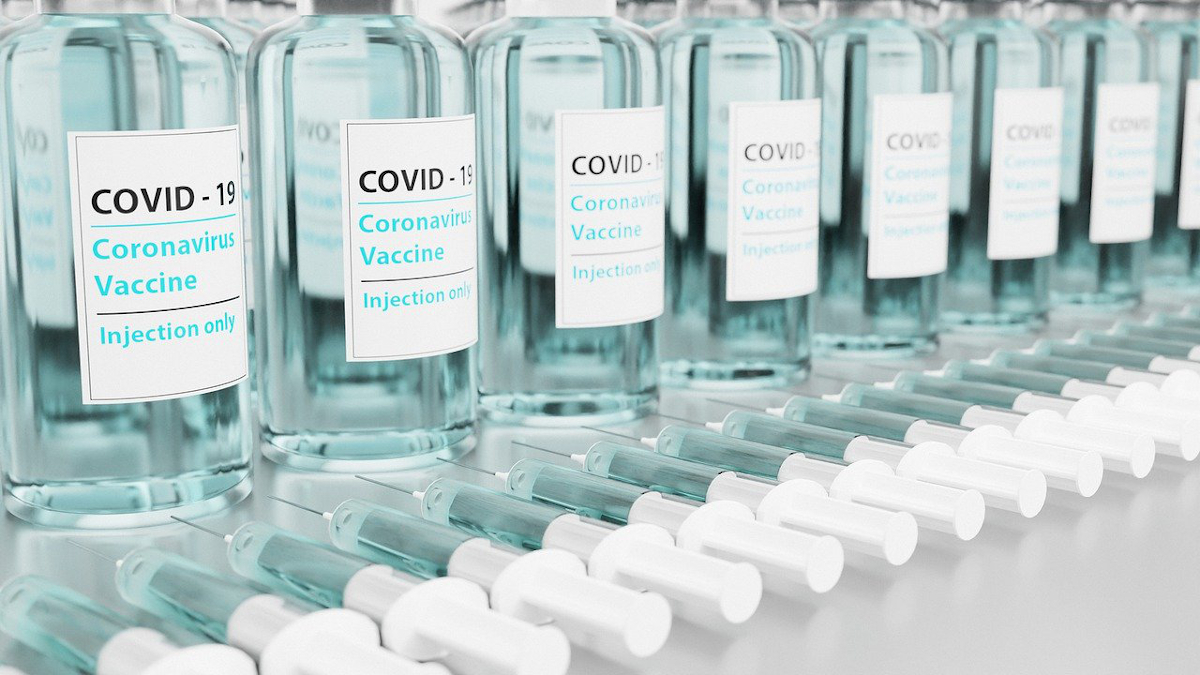As COVID-19 vaccinations become available to the general public, many people have questions about how and when they can receive the vaccine. This blog post is meant to outline what you can expect when you want to get a vaccine.
In the United States, the vaccine supply is limited. This means that the vaccine supply is coordinated by the federal and local governments. It also means that you have to be eligible for the vaccine.
Determine Eligibility
While most states use the CDC guidelines as a baseline, each state may be in a different phase or have slightly different eligibility criteria. So, if you want to get a vaccine, you have to look at the eligibility requirements for your particular state.
The CDC has links to each state’s unique eligibility requirements. Some local health providers, such as your primary care doctor, may also be able to direct you to the eligibility requirements in your state. Finally, the institutions scheduling vaccines typically have lists of eligibility requirements that you must read before you schedule your vaccination.
Schedule Vaccination Appointment
Most urban and suburban areas have multiple places in which you can schedule your vaccination. The federal government’s VaccineFinder plots these on a map, so you can click the one nearest to you and be redirected to the institution’s website. Many pharmacies and grocery stores are listed on this site.
Some places may be scheduling vaccinations weeks in advance. If you want your vaccine sooner, you might want to try looking at multiple vaccination sites nearby to see if one has an earlier appointment than the others. In Colorado, a volunteer actually built a site that lets you see when appointments are available across multiple vaccination sites.
Get a Vaccination
Once you arrive at the vaccination site, it’s good to know what to expect.
- It’s recommended to bring identification, so you can verify your eligibility if your eligibility is age-based. Some vaccination sites may have already verified your eligibility as part of the scheduling process.
- It’s still recommended to wear a mask and keep 6 feet away from others.
After you receive your vaccine, you will be required to stay at the vaccination site (whether a drive-in or pharmacy) for at least 15 minutes. The purpose of this wait is so a medical provider can observe you and make sure you don’t have an unlikely, but possible, adverse reaction to the vaccine.
Followup After the Vaccine
Depending on the type of vaccine that you receive, you may have to come in for another appointment a few weeks later. Make sure to schedule your second appointment if you can do so in advance.
The CDC is currently collecting data on how people feel after their vaccination. Using your smartphone, you can log into their website and report how you feel on a daily basis through a short 5 min survey. This data can help us understand how vaccines affect people over time.
How Can Employers Ensure Their Employees are Vaccinated?
At this time, vaccines are not distributed to companies in order to vaccinate their workers. Due to the supply shortages, everyone must follow the guidelines listed here to receive their vaccines.
However, employers can help inform their employees about vaccination options and maintain COVID-19 testing and screening as needed to keep workers safe. Employers with questions about how to maintain their worker’s health through testing, screening, and providing information can contact Remote Medical International to learn more.
COVID-19 Questions

